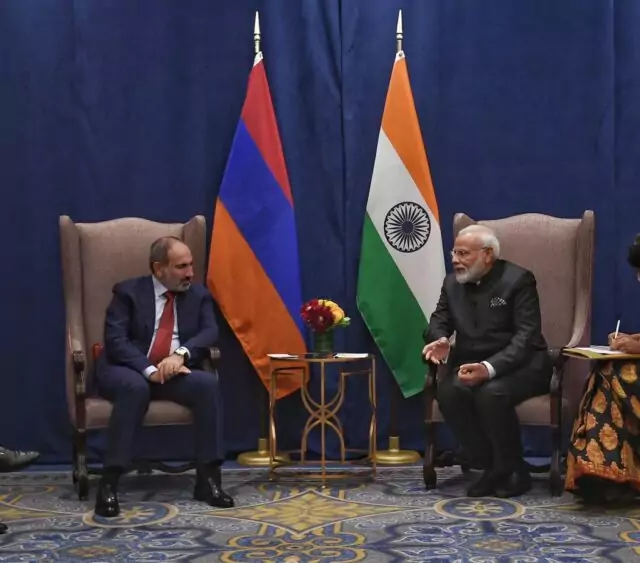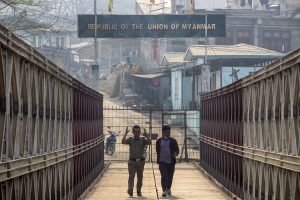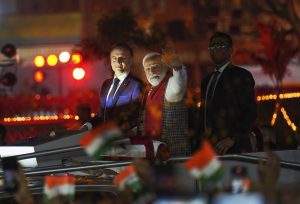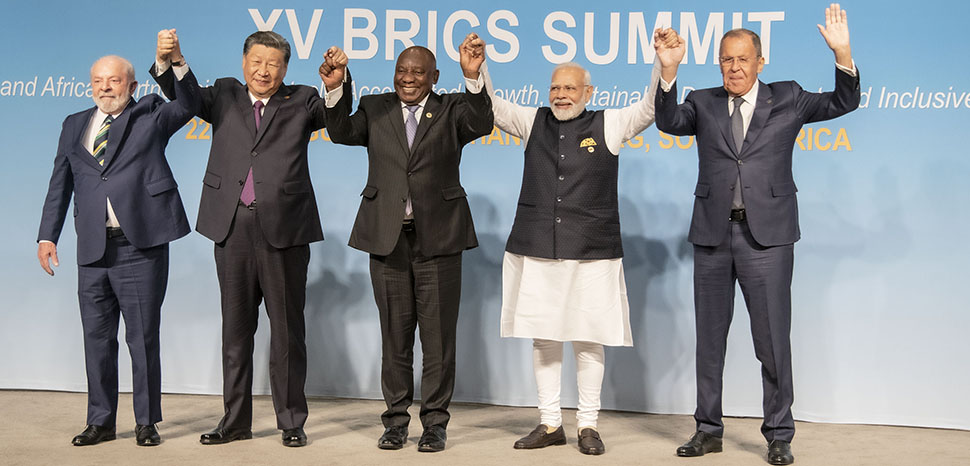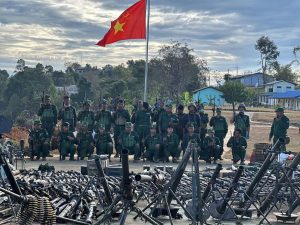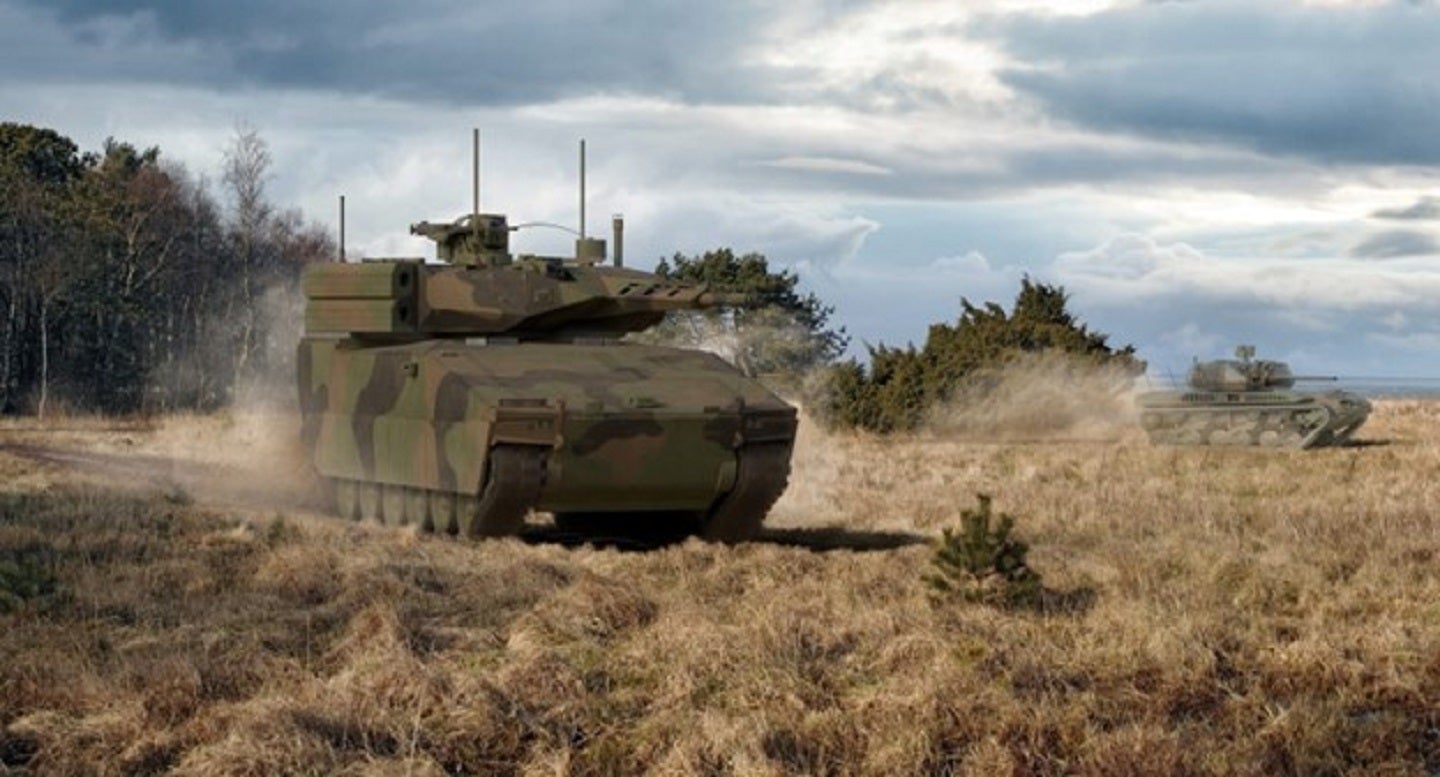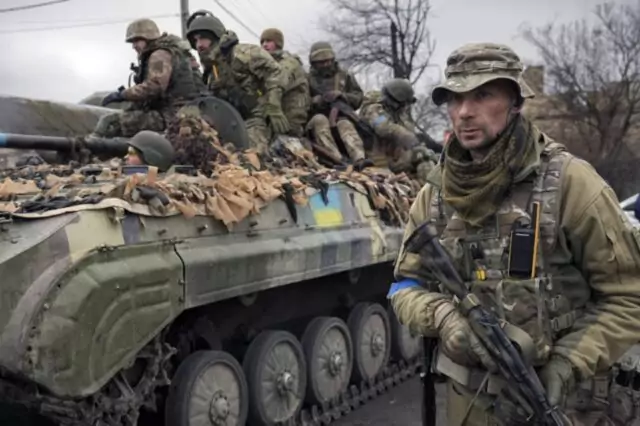Maria Abi-Habib and Sheera Frenkel

Israeli military and intelligence officials have concluded that a significant number of weapons used by Hamas in the Oct. 7 attacks and in the war in Gaza came from an unlikely source: the Israeli military itself.
For years, analysts have pointed to underground smuggling routes to explain how Hamas stayed so heavily armed despite an Israeli military blockade of the Gaza Strip. But recent intelligence has shown the extent to which Hamas has been able to build many of its rockets and anti-tank weaponry out of the thousands of munitions that failed to detonate when Israel lobbed them into Gaza, according to weapons experts and Israeli and Western intelligence officials. Hamas is also arming its fighters with weapons stolen from Israeli military bases.
Intelligence gathered during months of fighting revealed that, just as the Israeli authorities misjudged Hamas’s intentions before Oct. 7, they also underestimated its ability to obtain arms.
What is clear now is that the very weapons that Israeli forces have used to enforce a blockade of Gaza over the past 17 years are now being used against them. Israeli and American military explosives have enabled Hamas to shower Israel with rockets and, for the first time, invade Israeli towns from Gaza.
“Unexploded ordnance is a main source of explosives for Hamas,” said Michael Cardash, the former deputy head of the Israeli National Police Bomb Disposal Division and an Israeli police consultant. “They are cutting open bombs from Israel, artillery bombs from Israel, and a lot of them are being used, of course, and repurposed for their explosives and rockets.”

